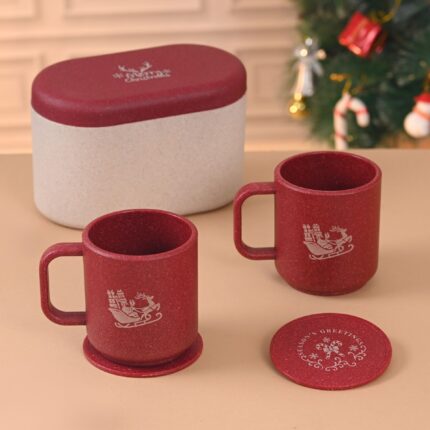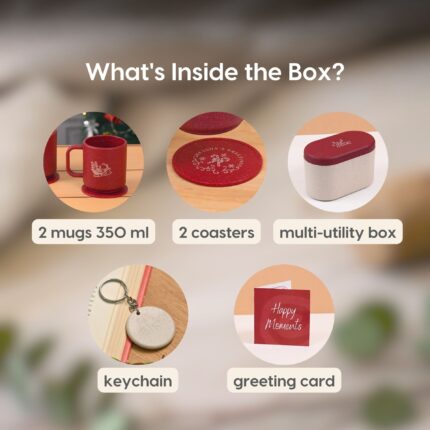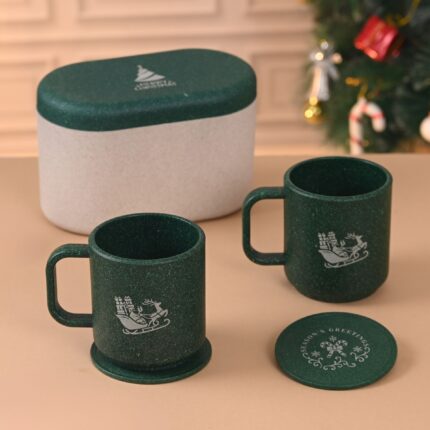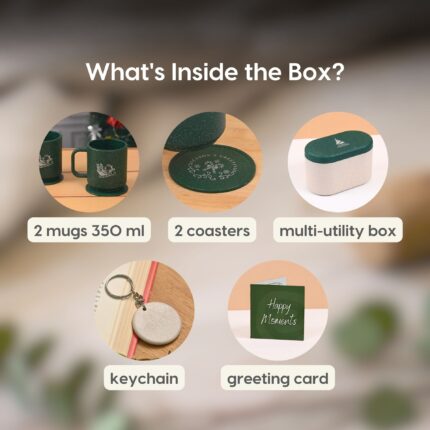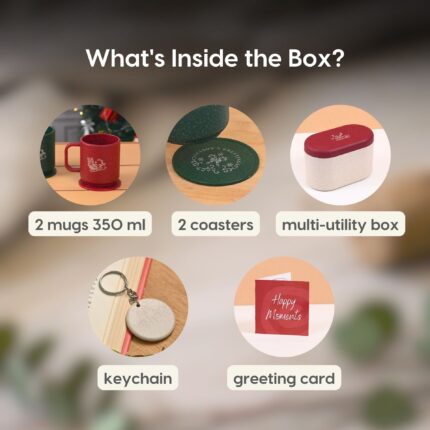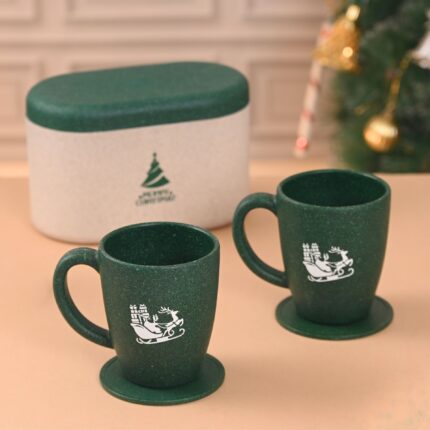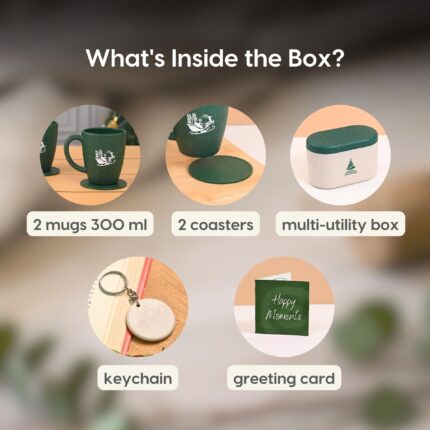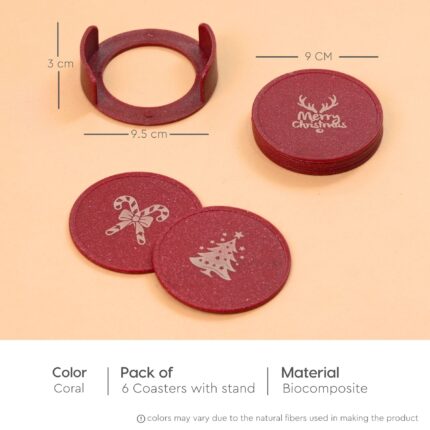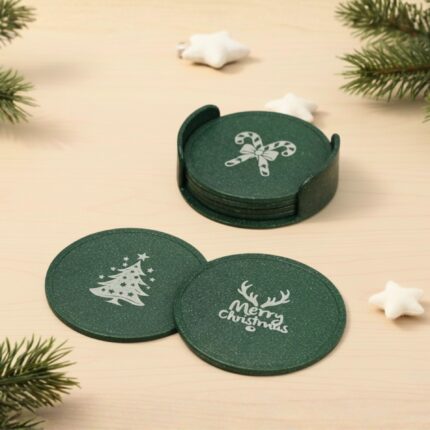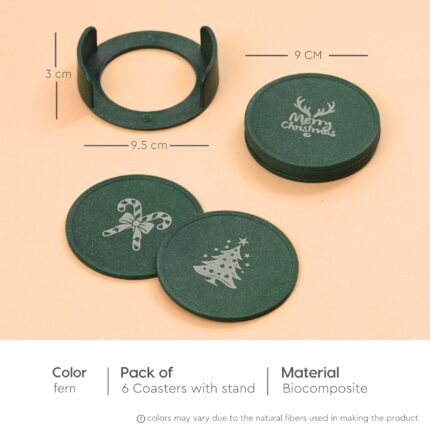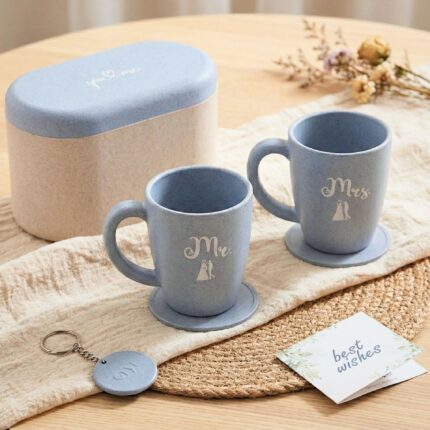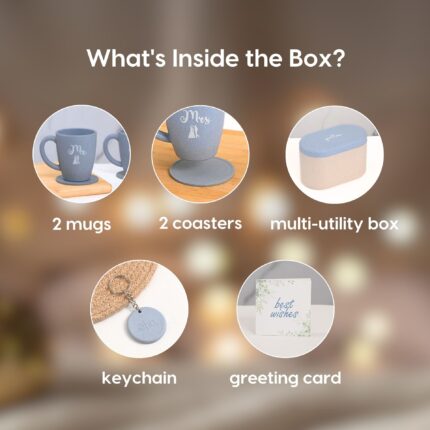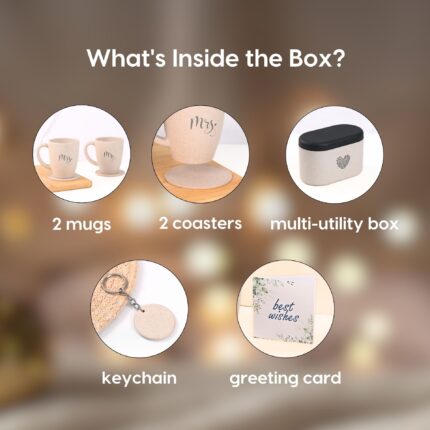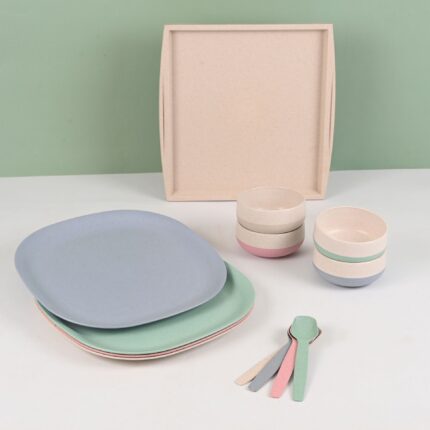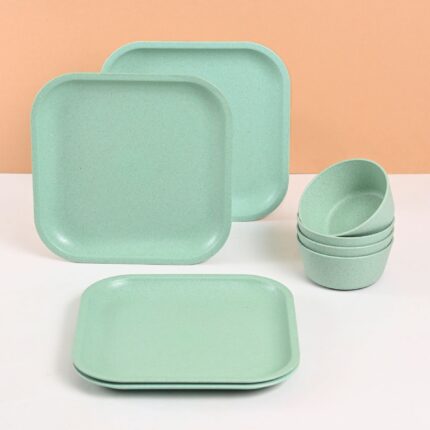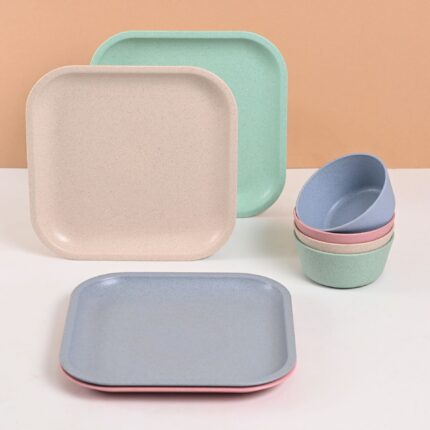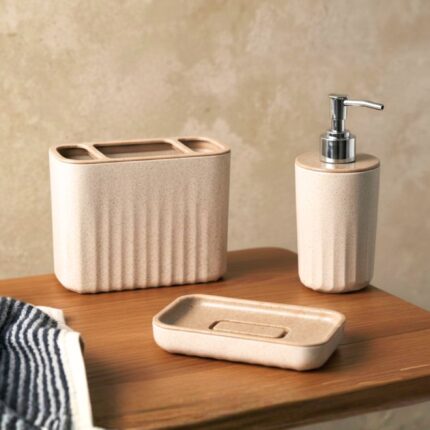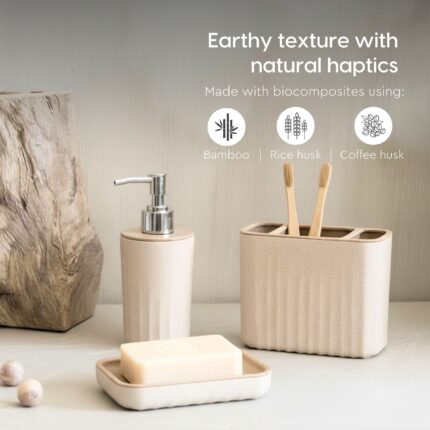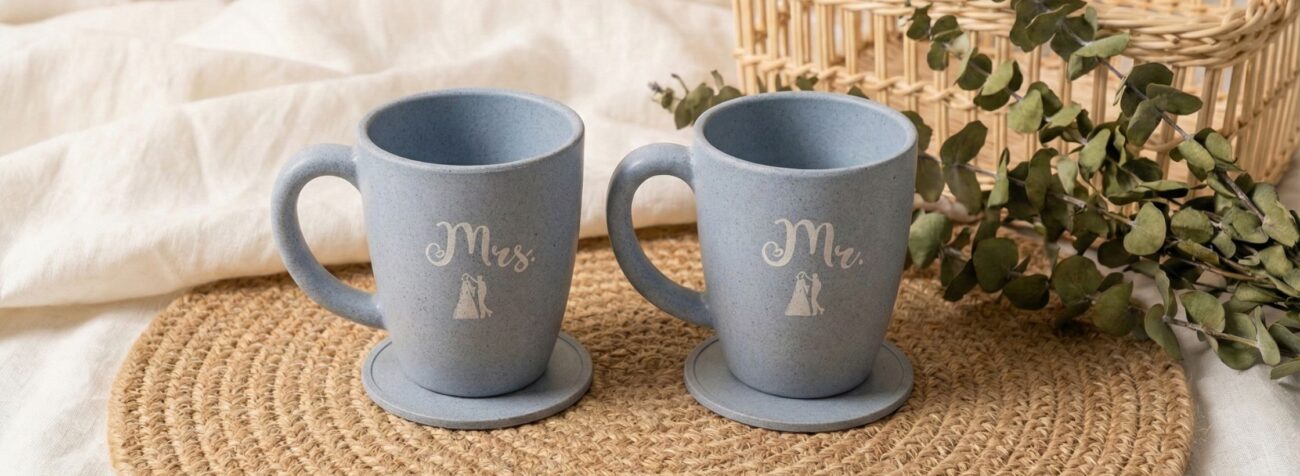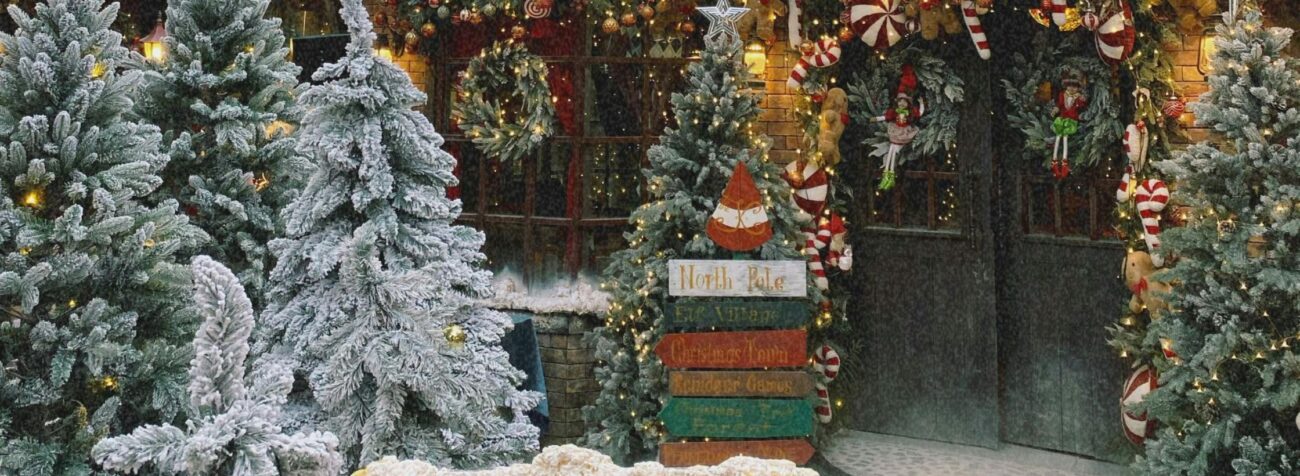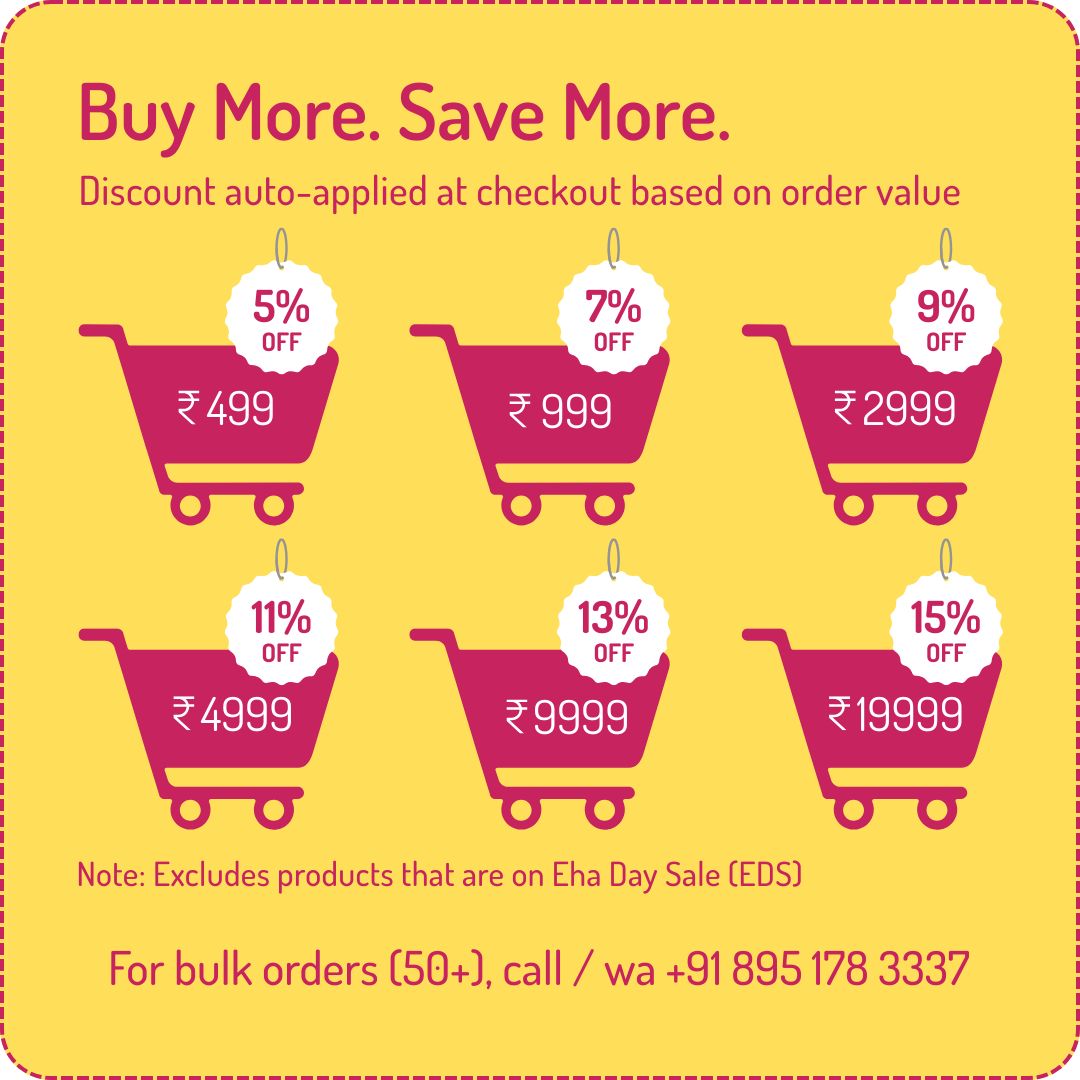The Circular Economy: How Reuse and Recycling are Changing the Game

The Circular Economy: How Reuse and Recycling are Changing the Game
Reuse and recycling are powerful tools in reducing waste and conserving resources, helping to create a more sustainable future for our planet.
We’ve all been there: looking around your home, office, or even your closet, and realizing just how much stuff you’ve accumulated. Old clothes, mismatched tableware, worn-out furniture – what do we do with all this? Do we toss it in the trash, hoping it magically disappears? Or is there another way to handle all this waste that doesn’t harm the environment? Well, there is, and it’s called the circular economy.
You’ve probably heard the buzzwords like “reuse and recycling,” but what do they really mean, and how can they make a difference? In today’s blog, let’s break down how reuse and recycling are changing the game when it comes to sustainable living and why you should care about the circular economy.
What is the Circular Economy?
At its core, the circular economy is all about keeping materials in use for as long as possible. Instead of the old “take, make, dispose” model, where products are used once and then thrown away, the circular economy encourages us to reuse, recycle, and repurpose as much as possible.
Here’s the thing: our planet is facing a serious problem with waste. Every year, millions of tons of products, packaging, and materials end up in landfills. The circular economy flips that by reducing waste, using fewer new materials, and making sure that the materials we do use are kept in circulation. Reuse and recycling play huge roles in this shift, and when they’re done right, they help us close the loop on waste.
How Reuse & Recycling Fit into the Circular Economy
Let’s dive into how reuse & recycling actually work in the context of the circular economy. Imagine this: you’ve got an old ceramic mug that’s cracked. Instead of tossing it in the trash, you might repurpose it as a planter. Or, if you’re more crafty, you might upcycle it into a candle holder or even a piece of art. That’s reuse at its finest – giving an item a new life.
But what about recycling? Recycling is a bit different. When you recycle something, like plastic or paper, you’re breaking it down and turning it into new products. For example, recycling a plastic bottle can turn it into new fabric, which could be used to make durable home accessories like storage containers or tableware. The key here is to keep the materials moving in a loop instead of letting them sit around as waste.
Why is the Circular Economy Important?
You might be wondering, “Why does it even matter?” Well, the circular economy isn’t just a nice idea – it’s a necessary shift for a few big reasons:
1. Reducing Waste and Pollution
Did you know that nearly 80% of the stuff we throw away ends up in landfills? This means mountains of waste are piling up, contributing to pollution and harming ecosystems. By reusing and recycling, we’re cutting down on the waste that clogs up our planet. The less we throw away, the cleaner our world becomes.
2. Conserving Resources
Our natural resources – like timber, metal, and fossil fuels – are running low. Instead of continuing to extract these materials, the circular economy focuses on reusing what we already have. Recycled materials can be used to create new products, and reuse means fewer raw materials are needed.
3. Reducing Carbon Footprint
When we recycle and reuse materials, we reduce the need for new production. This helps lower the energy consumption and carbon emissions involved in creating new products from scratch. For example, by choosing recycled furniture or upcycled planters, you’re helping to reduce the carbon footprint of your purchases.
4. Promoting Sustainable Living
By supporting products made from recycled materials or repurposed items, we’re voting for sustainability with our wallets. The more we buy into the economy, the more we’re supporting eco-friendly production methods.
Practical Ways You Can Contribute to the Circular Economy
The good news is, anyone can be part of the circular economy! You don’t need to be a professional recycler or expert in waste management. Here are a few simple ways to embrace reuse and recycling in your everyday life:
1. Opt for Products Made from Recycled Materials
When shopping for home décor, tableware, or even office supplies, look for products made from recycled materials. This could be furniture made from reclaimed wood, upcycled planters, or mugs made from recycled glass. Not only do you get a unique, eco-friendly item, but you’re also helping to reduce demand for new resources.
2. Repurpose Your Old Items
Before tossing something out, think about how you could reuse it. An old shirt can become a cleaning rag, a broken cup can turn into a planter, and worn-out baskets can make great storage containers. Upcycling is a great way to get creative and give old items a second life.
3. Recycle Responsibly
When you do need to dispose of something, make sure it’s recycled properly. Many items – like paper, metal, and plastic – can be recycled into new products. However, not everything can be recycled in regular bins, so check local recycling guidelines to make sure you’re doing it right.
4. Choose Sustainable Gifts
Gift-giving doesn’t have to harm the environment. There are plenty of sustainable, recycled, and upcycled gifts that are perfect for any occasion. Consider eco-friendly items like bamboo tableware, recycled mugs, or reclaimed wood décor. These thoughtful gifts show you care about both the recipient and the planet.
5. Support Brands That Embrace the Circular Economy
Choose brands that are committed to sustainable practices. Look for companies that use recycled materials, support fair trade, or incorporate reuse and recycling into their production process. By voting with your dollars, you’re helping encourage more companies to embrace the circular economy.
Real-Life Examples of the Circular Economy in Action
Still not sure how this all works? Let’s look at a few examples of how reuse and recycling are already changing the game:
Example 1: Upcycled Furniture
Instead of throwing out old furniture, some designers are using reclaimed wood to create stylish new pieces. This process not only keeps valuable materials out of the landfill but also gives furniture a unique character that new pieces can’t match.
Example 2: Recycled Glassware
Some brands are turning discarded glass bottles into beautiful, functional glassware like cups, bowls, and vases. By recycling glass, they reduce the need for new raw materials and prevent waste.
Example 3: Bamboo Products
Bamboo is a renewable resource that’s often used for sustainable tableware and storage items. Unlike plastic, bamboo is biodegradable and can be easily recycled, making it an excellent choice for those embracing the circular economy.
Final Thoughts: The Future of the Circular Economy
The shift toward a circular economy is more than just a trend – it’s the future. As we continue to focus on reuse and recycling, we’re creating a world where resources are used more efficiently, waste is minimized, and sustainability becomes the norm.
By supporting businesses that embrace the circular economy, you’re not only making smarter choices for yourself but also doing your part to ensure a better future for the planet. So, next time you’re shopping for home décor or planning a gift, keep the economy in mind – you’ll be part of a bigger change that’s shaping the way we live.







